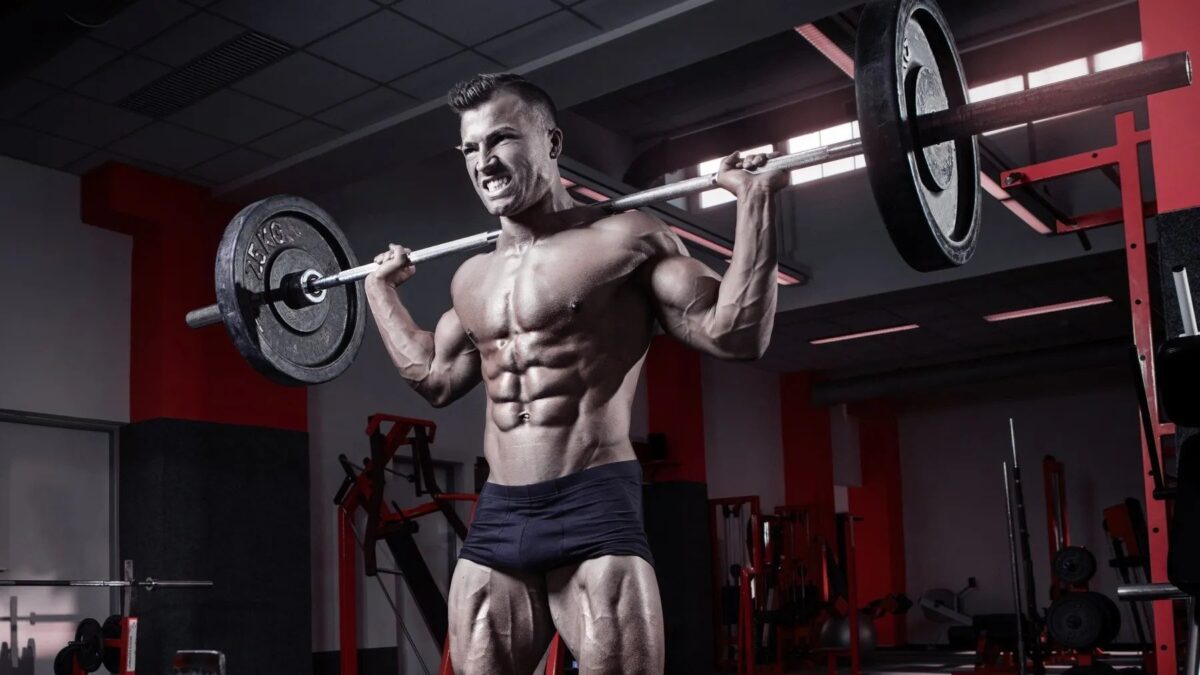The humble squat – or, more specifically, in the case of this article – the barbell back squat, is one of the all-time greatest muscle-building moves for your legs. A compound movement, it targets multiple muscle groups in one hit, including the quads, hamstrings and glutes, along with your core and back muscles, which work to keep your torso upright during the movement.
Put simply, the barbell back squat should feature in everyone’s leg day routine. Because we all know to never skip leg day, don’t we?
RELATED: ‘Pressure Breathing’: Commonly Overlooked Squatting Technique Could Increase Your Gains
But what if we told you there was a slight variation of the back squat that could see your big legs, become huge legs? You may already be aware of common variations, such as the front squat, split squat and goblet squat, but this new variation that has come to our attention could well blow all of them out of the water.
Proposed by Dr Joel Seedman, a fitness trainer and owner of Advanced Human Performance who works with some of the finest NFL athletes in America – the BANA 2:1 Lunge to Squat could be the secret leg exercise your workout routine has been missing.
You may not be aware of the BANA technique, and there is much to unpack from it. Thankfully, Joel is on hand to explain it in great detail.
“BANA stands for Bilateral Assisted Negative Accentuated, or basically Up with 2, Down with 1 (BANA 2:1) protocol. This allows the individual to perform eccentric overload on their own without the use of a spotter.”
Eccentric overload, for the uninitiated, is where the force applied during the eccentric phase of the movement (the lengthening of the muscle) is greater than the concentric phase (the shortening of the movement).
In the case of the lunge squat put forward by Dr Seedman, “essentially what you’re doing is performing the concentric phase of the lift with 2 limbs (squat position) and the eccentric phase with 1 limb (lunge position), thereby providing greater eccentric overloading during that eccentric or negative moment.”
There is much evidence to suggest eccentric overload can be an incredibly effective tool to help build muscle size and strength, as well as minimise or reduce injury.
For Dr Seedman’s BANA 2:1 Lunge to Squat, you also need to incorporate the “biomechanical drop rep protocol (similar to the biomechanics drop sets only the adjustment happens mid rep rather than mid-set).”
This, we believe, refers to the fact that during the lowering of the barbell while in the lunge position, the weight of the bar is taken off your shoulders by way of two bars. You then need to get into a squat position to push up.
It’s the lowering movement, in a lunge position, that will really help to maximise the size of your legs since just one leg is predominantly responsible for holding the weight on the bar. The upward movement, which you should perform as explosively as possible, will help to improve the strength. Working in perfect harmony.
RELATED: This Specialist Fitness Technique Could Be Your Ticket To Explosive Strength
Dr Seedman adds, “Most lifters can handle 25-35% more total loading on traditional bilateral squats and deadlifts, in comparison to their split stance & kickstand counterparts. Simply adjusting the position mid rep allows us to dictate the degree of overload.”
It may sound confusing, so it’s probably best to simply watch the video above, before reading the explanation again.
Following this, try and incorporate them into your next leg day routine, performing 2 to 3 sets with just 3 to 4 reps per leg. Supersized legs await.
